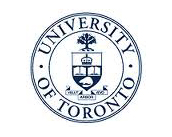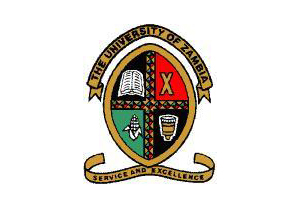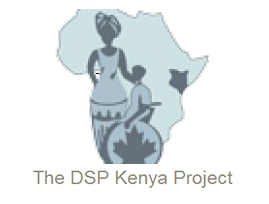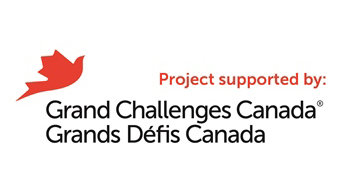4.3.8 – Respiratory Impairments
Respiratory tract problems are among the most frequent complications in children living with HIV.14
A common form of pneumonitis in children is lymphoid interstitial pneumonia (LIP), a chronic disease characterized by spontaneous exacerbations, intermittent wheezing, and chronic cough.15 The chest x-ray pattern varies often, showing migrating interstitial infiltrates. In some cases, the pattern is difficult to distinguish from tuberculosis.
Pneumocystis jerovecii pneumonia (PJP) remains one of the most common presenting infections in children not previously diagnosed with HIV infection, and in children unable to tolerate prophylactic treatment.
Red Flag: Any acute changes in respiratory status (such as increased respiratory rate, difficulty breathing during minimal exertion, change in sputum colour, or fever) may indicate a significant infection requiring urgent medical assessment and treatment.
Co-infection with HIV and TB is extremely common in sub-Saharan Africa.
- Children with HIV and TB tend to have lower CD4 counts and severe illness and a higher mortality rate than children without TB.
- It is extremely important that the TB is treated properly and that treatment is adhered to.
Health care workers must take the necessary steps to protect themselves from TB especially in areas where multi-drug resistant TB is common.
Manual physiotherapy techniques should be used only if there is a clear indication that a superimposed acute or chronic lung disease process is present with evidence of lower airway secretions. Those patients with only upper airway secretions do not require manual physiotherapy techniques. These children/youth may benefit from deep breathing exercises or cough assist techniques to aid in optimizing ventilation. Suctioning is only required if they are unable to clear their own secretions with coughing.
Red Flag: Special note for hemophiliacs: Manual techniques such as percussion and vibration are a relative contraindication in hemophiliacs due to their underlying bleeding disorder. Their bleeding problems are often compounded by low platelets. Active Cycle of Breathing (ACBT) techniques could be used instead for those children over five years of age. Positioning and suctioning (if necessary) are recommended for younger children. The risks and benefits of manual techniques need to be considered for each individual.
Respiratory muscle function
- Respiratory muscles may be weak especially if the child has been very ill and is severely immunocompromised
Exercise tolerance and additional functions
- Children who have chronic lung disease and even those who appear to be healthy may have decreased exercise tolerance. This may affect their functional ability and the way in which they participate in school and community activities.
Potential causes of these impairments and rehabilitation interventions are shown in the table below.
Table 4.3.8: Clinical Aspects of Respiratory Impairments
| Impairments | Possible Etiologies | Rehabilitation Interventions16 |
|---|---|---|
| Respiratory problems | Bacterial pneumonia Tuberculosis Pneumocystis jerovecii pneumonia CMV pneumonitis Bronchiectasis Viral pneumonia Lymphoid interstitial pneumonia |
General
Deep Breathing Exercises
Manual Techniques
Expiratory Techniques
Strengthening
Endurance
|
14Da Cunha NCP, Potterton JL, Humphries CRM. Burden of Respiratory Disease Among Paediatric Patients Infected with HIV. The South African Journal of Physiotherapy. WITS Special edition. 2013; 36-41.
15Zar H. Chronic Lung Disease in Human Immunodeficiency Virus (HIV) infected children Pediatric Pulmonology. 2008;43:1-10.
16Choice of rehabilitation interventions will depend on patient assessment and available resources.

 Previous Page
Previous Page




